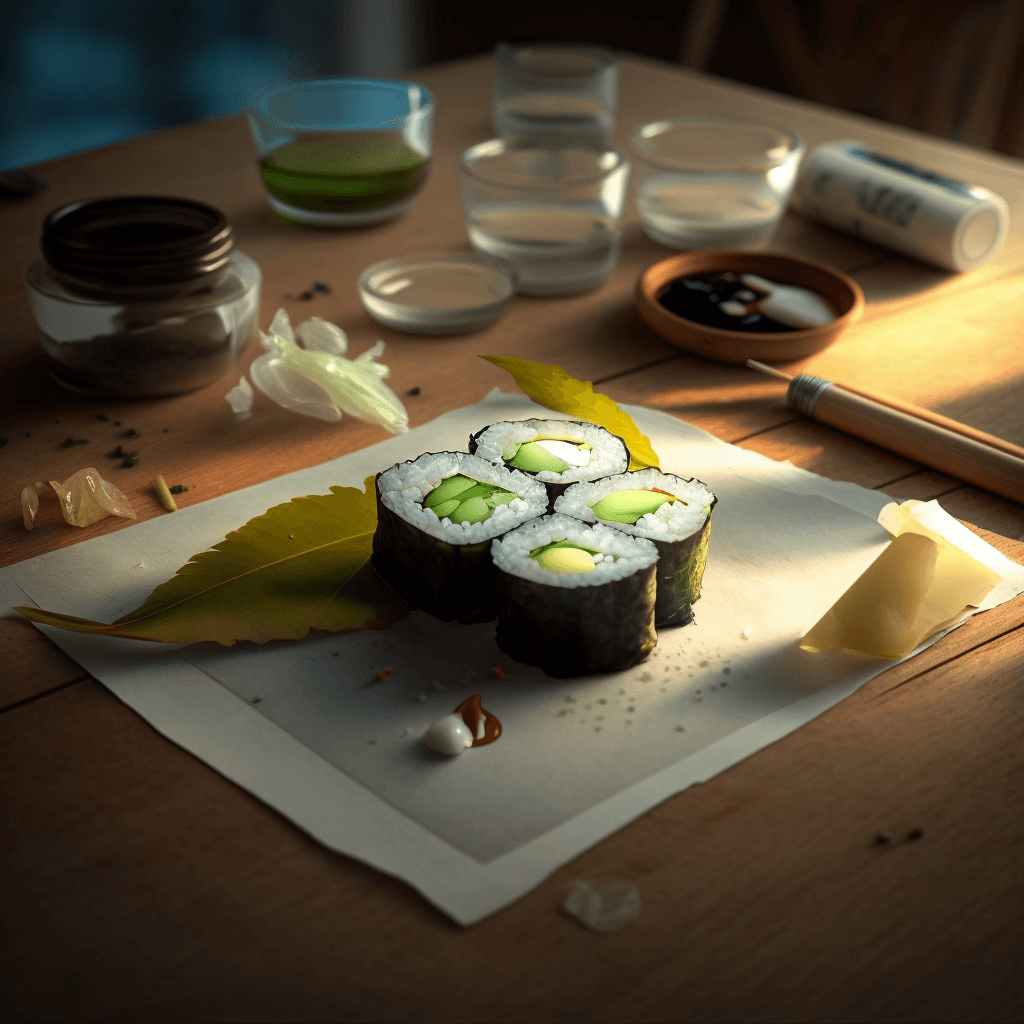
Sushi rolls are one of the most popular and beloved dishes in Japanese cuisine. Rolls consist of rice, nori (thin sheets of seaweed), fresh vegetables, and fish that are rolled up into a tube shape and sliced into pieces. But what is the history behind this dish?
Despite the fact that sushi rolls are now perceived as a traditional Japanese dish, they actually have roots in China. In China, a dish called "roulade" was popular, which consisted of meat, fish, or vegetables rolled up into a tube shape. Chinese immigrants in Japan began to prepare their own version of this dish, using nori, rice, and fresh ingredients.
In the 17th and 18th centuries, sushi, as it is called now, was the main dish in Japan. Sushi consisted of rice dressed with rice vinegar and seasoned with salt and sugar. Nori was used to hold the rice together so it wouldn't fall apart. But in the mid-19th century, during the Edo era in Japan, a sushi cooking technique was introduced that included the use of fresh fish. This became possible due to the development of fish storage and transportation technology.
In the 20th century, sushi became a popular dish worldwide. But the most popular type of sushi became sushi rolls, which were developed in Japan in the 1960s. Rolls were created due to a shortage of fresh fish and a lack of space in restaurants. Restaurants began to use cheaper ingredients, such as vegetables and eggs, to create a variety of dishes and attract more customers.
Today, sushi rolls are available in any Japanese restaurant worldwide and have become a symbol of Japanese cuisine. The variety of ingredients and methods of preparing rolls allows everyone to find their favorite version of this dish. For example, California rolls were developed in the United States in the 1970s and feature crab meat, avocado, and cucumber as the main ingredients. There are also rolls with smoked duck, fruits, cheese, and more.
Despite the fact that rolls are a Japanese dish, their variations have become popular in other cuisines around the world. For example, in America, dishes like "Philadelphia rolls," which consist of salmon, cream cheese, and avocado, and "creamy rolls," which include crab meat, cream cheese, and spices, were created.
There are also other variations of rolls, such as Korean kimbaps, which are very similar to Japanese rolls but use different ingredients and sauces. In China, there are also similar dishes, such as rice rolls or "zhongzi," which are made from Chinese sticky rice, baked in bamboo leaves.
Today, sushi rolls can be found worldwide in Japanese restaurants and on the streets of cities as street food. They have become an integral part of world cuisine and are very popular due to their taste diversity and ease of preparation. They also reflect cultural exchange between countries and are an example of how dishes can evolve and develop over many years.